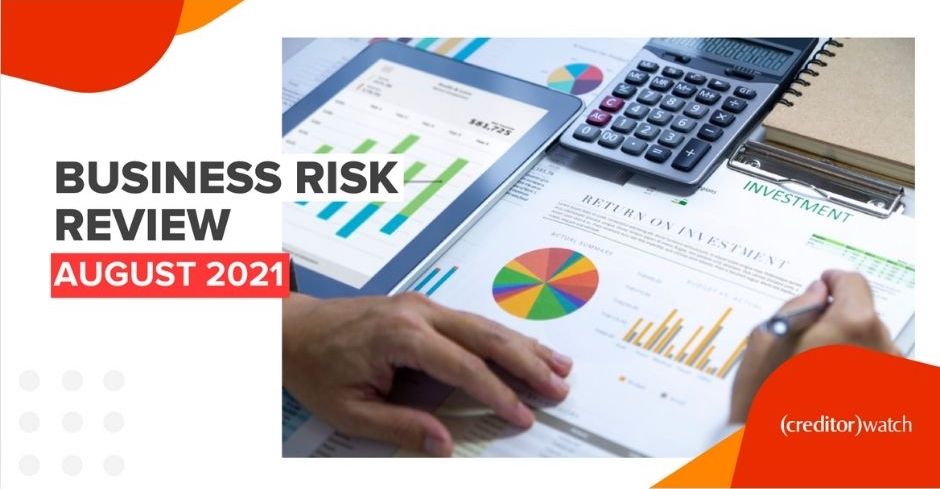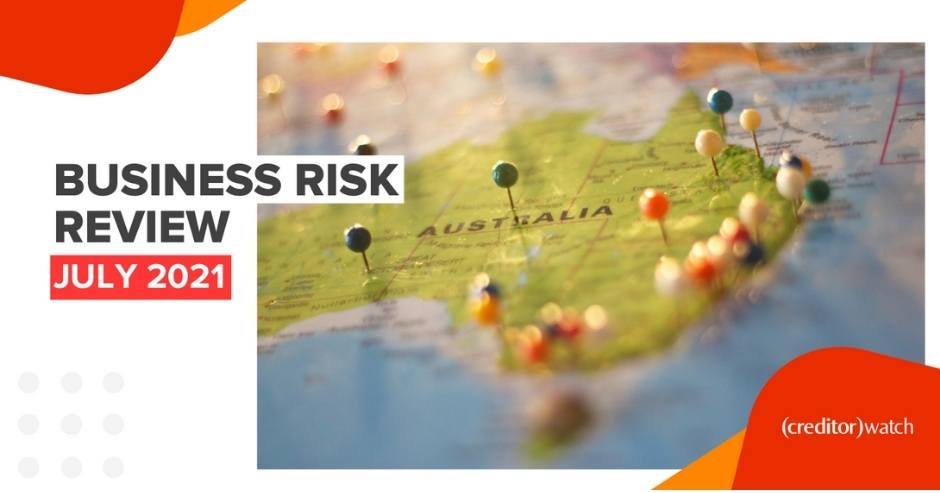How did businesses fare at the start of 2020?
From bushfires to floods and the current COVID-19 pandemic, our economy has witnessed more in the last six months than it has in some years. “Normality” has taken on a different meaning for the unforeseeable future.
Now more than ever, it’s important to pay attention to small business data and take notice of the warning signs to safeguard your own business’ profitability. Data-driven decisions are a “make it or break it” factor for many during economic uncertainty.
CreditorWatch’s latest Business Risk Review for Q1 2020 collates data from 26 unique sources, including ASIC, ABR, AFSA, the Australian courts and debt collectors. It offers a real snapshot of the difficulties all businesses have faced in the first three months of the year.
Payment defaults continue to rise
Nationwide payment defaults | |
Q4 2019 to Q1 2020 | Comparing Q1 2019 to Q1 2020 |
| 4% increase | 4.5% increase |
Lodging a payment default is a powerful way to encourage your slow-paying debtors to comply. So why haven’t we seen a more dramatic increase, considering plenty of businesses have found themselves in financial difficulty since the start of the year?
The common call of solidarity, “we’re all in this together”, has struck a chord with Australian businesses. Creditors are sympathetic with the plight that the vast majority of businesses are going through. They’re showing leniency in chasing up debts or lending an empathetic ear, but this will only last so long.
Changes in insolvency legislation provide short-term protection
Nationwide external administrations | |
Q4 2019 to Q1 2020 | Q1 2019 to Q1 2020 |
3% decrease | 17% increase |
With the introduction of the new insolvent trading and safe harbour laws in late March, less businesses will be declaring themselves insolvent and will continue operating for the next 4-6 months.
But, as we’ve already seen with Virgin and Carriageworks, major entities aren’t exempt to falling into external administration as their customers and funds dry up. There has been a 17% increase YoY in external administrations and this is tipped to rise over the coming months.
Courts have either closed or are burdened with long wait times as they adjust to new virtual measures.
State-specific court actions: Q4 2019 to Q1 2020 | |
| New South Wales | 4% increase |
| Queensland | 46% decrease |
| Western Australia | 76% decrease |
| Victoria | 11% decrease |
When the government’s relief measures and business loans cease, it will be interesting to see the aftermath. There needs to be an expectation that more businesses will enter into administration and the economic climate will look completely different to what it once was.
Payment times are as sluggish as ever
Payment times have blown out in all industries in the last quarter, and will continue to edge beyond 90 days overdue as businesses battle to stay afloat.
Payment times across industries: Comparing January 2020 to April 2020 | |
| Mining | From 13 to 22 days overdue |
| Retail | From 28 to 48 days overdue |
| Transport, Postal and Warehousing | From 36 to 74 days overdue |
| Construction | From 57 to 80 days overdue |
CreditorWatch itself has seen a reduction in the number of credit searches being performed, dropping an average of 7% each week from March, hinting at a preference for cash-on-demand during these uncertain times.
It won’t be as simple as waking up one day and expecting trading to return to normal. Small businesses especially don’t have the luxury of cash reserves, so the support of the banks will be paramount when (or if) they reopen their doors.
Take preventative and proactive measures
The data may paint a bleak picture, but businesses can take proactive measures to protect themselves now – and when lockdown measures are lifted.
- Register on the PPSR: Securing your interests on the PPSR will help protect your business from others that are on the brink of collapse. With PPSRLogic, you can simplify the way you manage your registrations, plus, get the support of a PPSR expert every step of the way.
- Manage your debtors effectively: Analyse your ATB to identify your customers’ payment history and assess how they’re paying you in relation to the rest of the market. DebtorLogic helps you make more informed decisions regarding your customers – staying informed of your entire ledger’s actions is paramount.
- Cleanse your data: Especially as we edge closer to the end of the financial year, cleaning up your portfolio and removing incorrect data helps you make clearer and more accurate decisions. Our Portfolio Health Check identifies missing details in your database, validates your customers’ credit status and highlights risks you need to be aware of.



